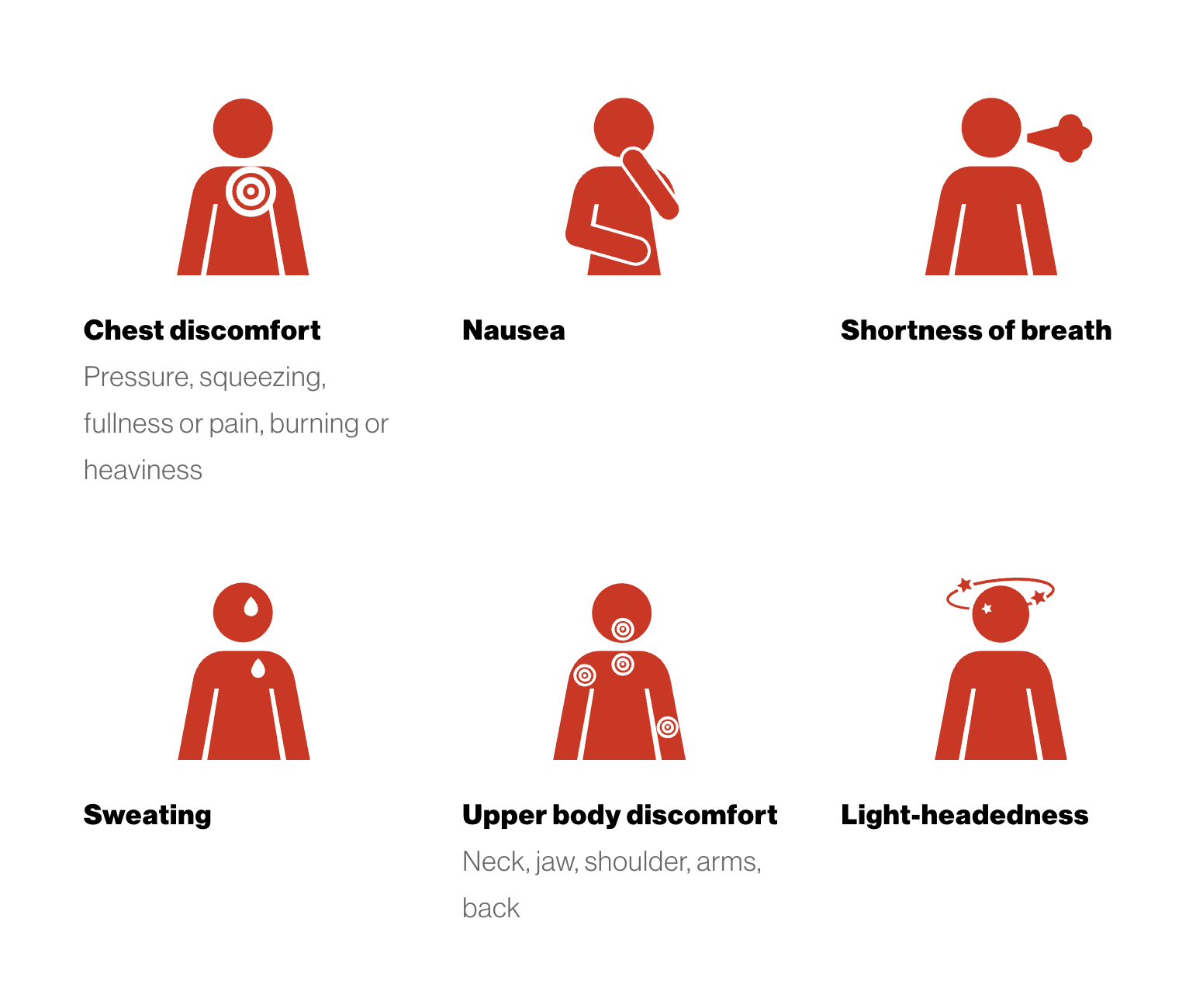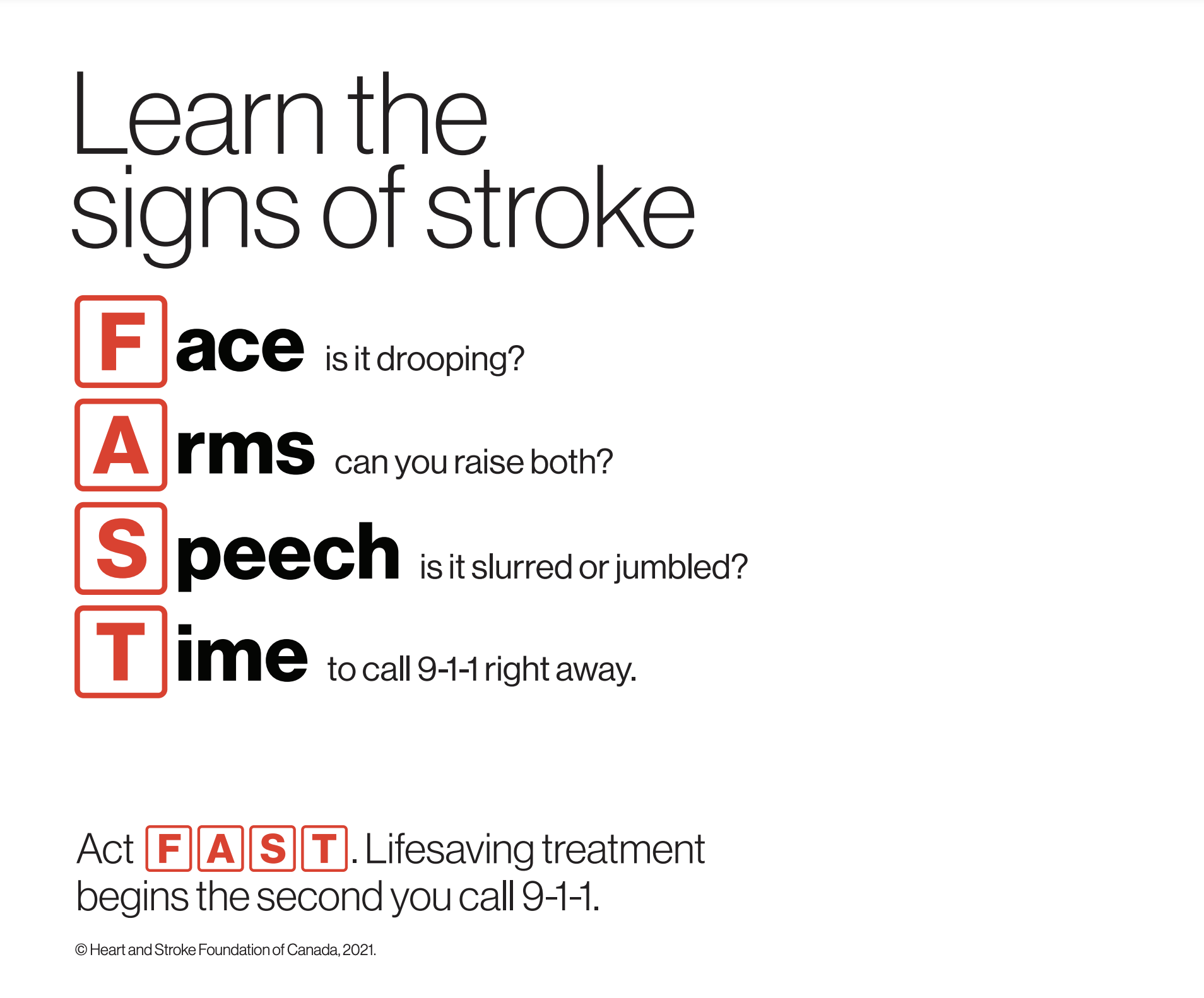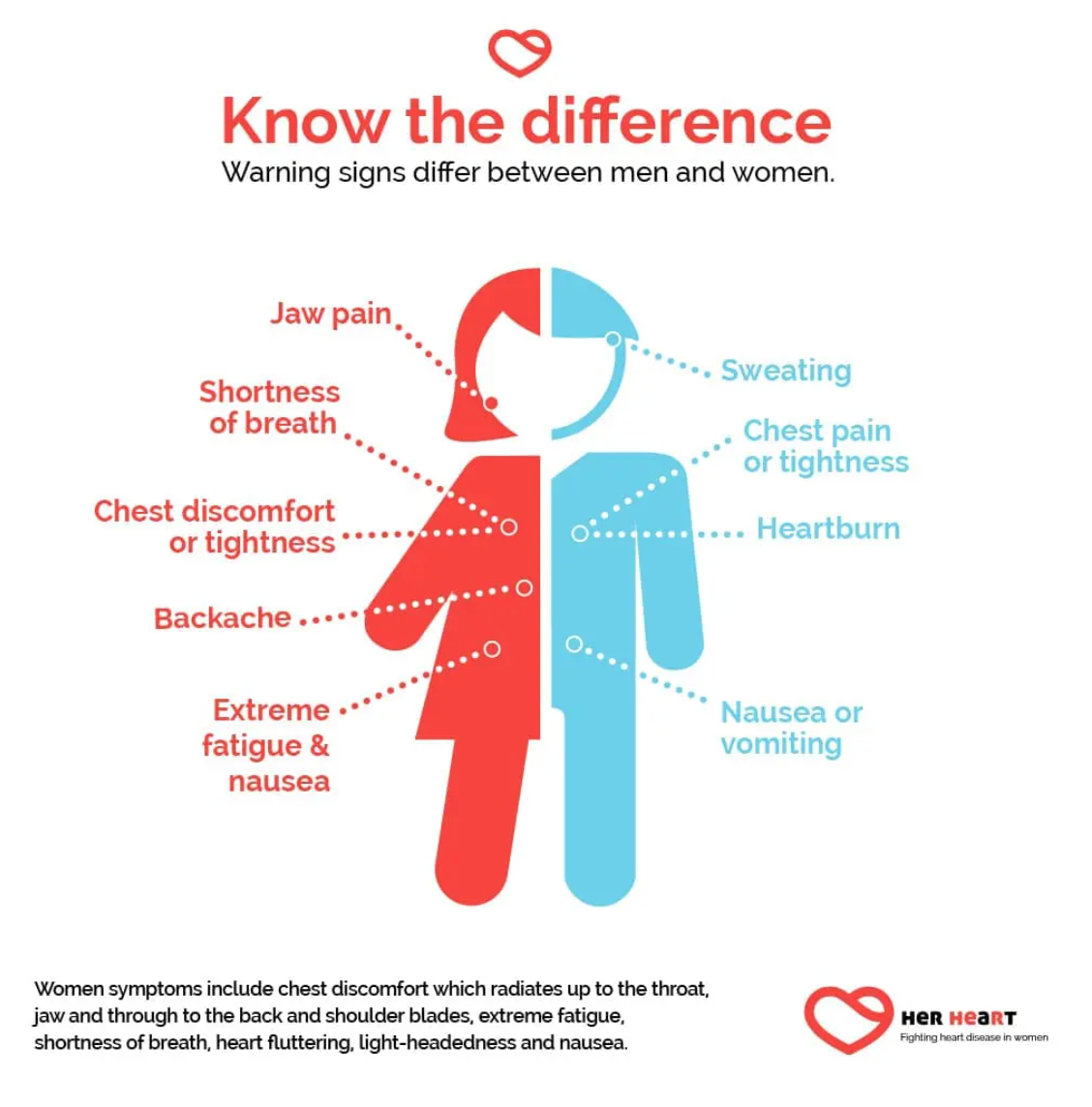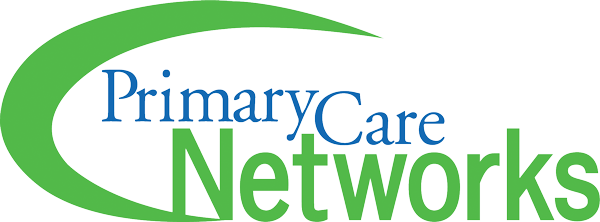Women's Heart Health Awareness
Two-thirds of all heart disease and stroke clinical research has focused on men.
In a time when we have made great achievements in women’s rights, we still face the heartrending reality that women still suffer from inequality and inequity in relation to cardiovascular health. According to the Heart and Stroke Foundation of Canada (HSFC), “two-thirds of all heart disease and stroke clinical research has focused on men.”
Heart disease and stroke continue to be the leading cause of preventable death in women in Canada.
Unfortunately, this research gap extends to diagnosis and treatment which threatens women’s health overall and heart health in particular. Heart disease and stroke continue to be the leading cause of premature, preventable death in women in Canada.

Half of the women who experience a heart attack have their symptoms go unrecognized.
There is a lot to be done to spread awareness and take action. Educating ourselves is a great start. Half of the women who experience a heart attack have their symptoms go unrecognized and this is why we need to learn about the signs, especially those specific to women, risk factors, and what you can do to reduce your risk.
Risk factors
There are risk factors that we have no control over such as age, race, medical history, pregnancy, menopause and hormonal changes. Talk to your doctor if you have questions about your risks. Other risk factors are considered controllable and include smoking, high blood cholesterol, diabetes, obesity, and physical inactivity. Leading a healthier lifestyle can help lower many of these risk factors.

Signs
The signs of a heart attack for women are not as evident as those in men. If you experience any of these symptoms, call 911: chest discomfort, nausea, shortness of breath, sweating, upper body discomfort, and light-headedness.

The following signs of a stroke are an emergency that requires calling 911. Do not drive to the hospital: drooping face, inability to raise both arms, and slurred or jumbled speech.

Some of the differences between women's and men's heart attack symptoms.
Tips
There is a lot that we can do to reduce the risk of heart disease:
1- Be active; keep moving.
2- Eat a variety of healthy foods.
3- Reduce or manage stress.
4- Manage blood pressure.
5- Control your cholesterol.
6- Reduce blood sugar.
7- Quit smoking and vaping.
8- Limit alcohol.
9- Reduce your weight if you need to.
10- Get regular medical checkups.
The PCN offers free online and in-person classes on heart health and related topics.
How we can help
Having a Primary Care Network (PCN) as your health base will connect you to basic healthcare, supports and education when you need it. People who have a continuous relationship with a family doctor and care team are healthier, live longer and are hospitalized less in part because medical conditions are more likely to be caught before they become serious. Find your PCN here.
The PCN also offers free online and in-person classes on heart health and related topics like blood pressure, cholesterol, nutrition, healthy weight, exercise, menopause, diabetes, smoking cessation and mental health. Explore the classes and sign up here.
Sources
Heart and Stroke Foundation of Canada
Canadian Women’s Heart Health Centre
Wear Red Canada
Her Heart
Signs images
Heart and Stroke Foundation of Canada
Men vs. women image
Her Heart
